Direction (1-5) : Given below table shows number of bank ‘PO’ preliminary exams appeared by six candidates and number of preliminary exams cleared out of those appeared by these candidates. Some data are missing, Read the data carefully and answer the questions.
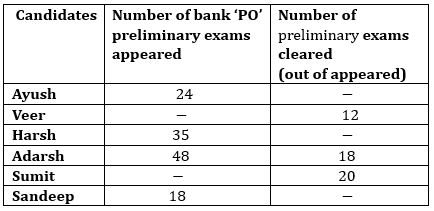

Q2. Total number of preliminary exams in which Sumit appeared is 10% more than that of Veer appeared. If Sumit appeared in four less exams than Adarsh, then find number of exams, which Veer did not clear?
(a) 24
(b) 32
(c) 36
(d) 44
(e) 28

Q4. If number of preliminary exams in which Sumit appeared is equal to 12 more than average number of preliminary exams in which Ayush & Adarsh appeared, then find ratio of number of preliminary exams not cleared by Sumit to that of not cleared by Adarsh?
(a) 14 : 17
(b) 14 :15
(c) 13 : 15
(d) 3 : 5
(e) 4 : 5
Q5. Total number of preliminary exams in which Sumit appeared is 37.5% more than that of Ayush appeared, while total number of exams in which Veer appeared is 20% more than that of Harsh appeared. If Sandeep cleared 50% of appeared exams, then find number of exams cleared by Sandeep is what percent of total number of preliminary exams in which all six appeared?
(a) 3.5%
(b) 4.5%
(c) 2.5%
(d) 1.5%
(e) 5%
Directions (6-10): Study the following pie-chart and answer the following questions.
Pie chart given below shows distribution of passengers at different railway stations in terms of degree of angle. Study the data carefully and answer the following questions.
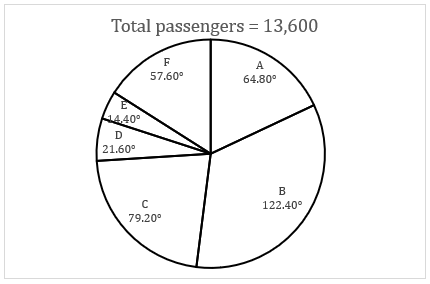
Q6. What is the difference between the total number of passengers who are at station C and E together and the total number of passengers who are at B and D together?
(a) 1906
(b) 1904
(c) 1908
(d) 1909
(e) 1914
Q7. Find the ratio between number of passengers who are at station C to the number of passengers who are at D.
(a) 11 : 3
(b) 4 : 1
(c) 13 : 3
(d) 3 : 1
(e) None of the above
Q8. Number of passengers who are at station ‘A’ and ‘E’ together is what percent of the number of passengers who are at station ‘B’ and ‘D’ together?
(a) 65%
(b) 60%
(c) 50%
(d) 45%
(e) 55%
Q9. Number of passengers who are at station E and B together are what percent of the total number of passengers?
(a) 36%
(b) 40%
(c) 35%
(d) 28%
(e) 38%
Q10. Find the average number of passengers who are at the station ‘B’, ‘E’ and ‘F’ together?
(a) 2448
(b) 2558
(c) 2498
(d) 2518
(e) 2508
Directions (11-15): Bar graph given below gives information about percentage of loss and profit on five different article and pie chart given below gives information about distribution of cost price of those five articles in degree. Total cost price of five article is Rs. 43200.
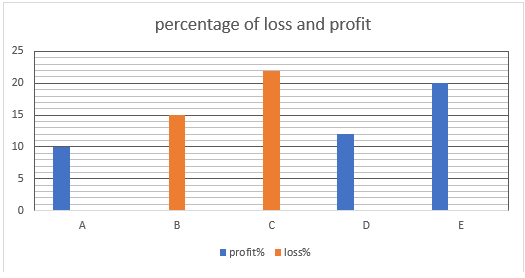
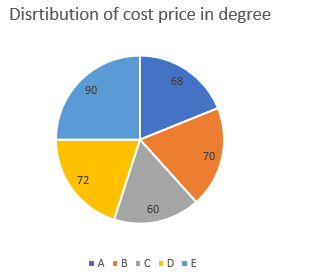
Q11. What is the difference between cost price of article A and selling price of article D?
(a) Rs. 480
(b) Rs.1516.80
(c) Rs.700.80
(d) Rs.520
(e) Rs.480.80
Q12. Find the ratio of selling price of article E to total cost price of article B and C together.
(a) 108:119
(b) 54:65
(c) 11:13
(d) 65:79
(e) None of these.
Q13. Difference between cost price of article B and article D is what percent of cost price of article C?
(a) 3.66%
(b) 6.67%
(c) 14.28%
(d) 4%
(e) 3.33%
Q14. What is the difference between total profit and total loss incurred on all article?
(a) Rs.1178.80
(b) Rs.1268.80
(c) Rs.1278.80
(d) Rs.1168.80
(e) Rs.1378.80
Q15. If another article F is sold at selling price of article C and 20% profit is earned on selling article F, then find cost price of article F is how much percent less than cost price of article C?
(a) 45%
(b) 50%
(c) 35%
(d) 55%
(e) 27%
Solutions
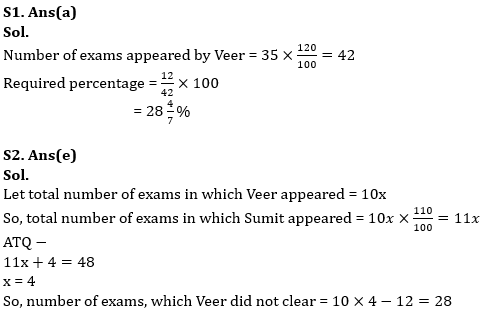
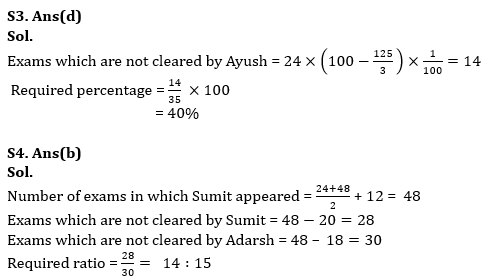
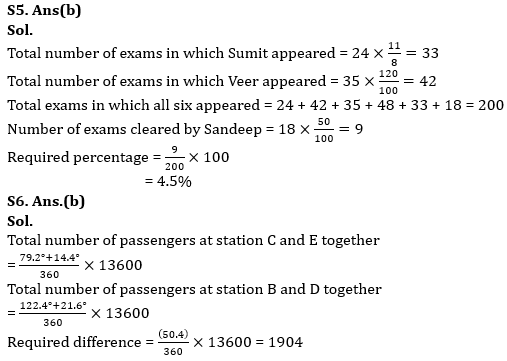
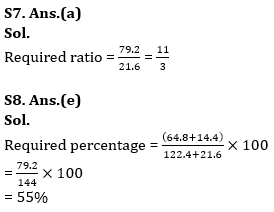
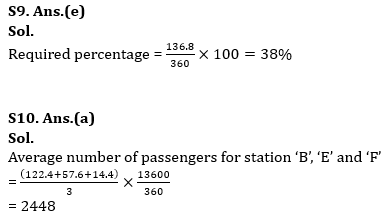
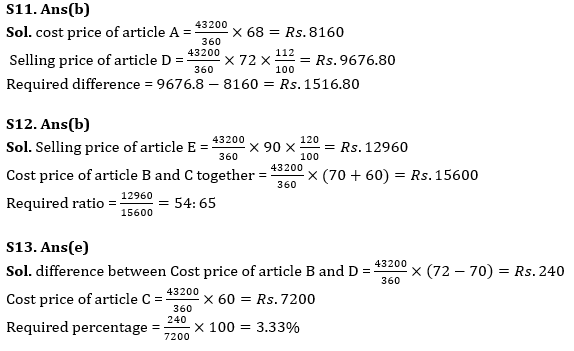
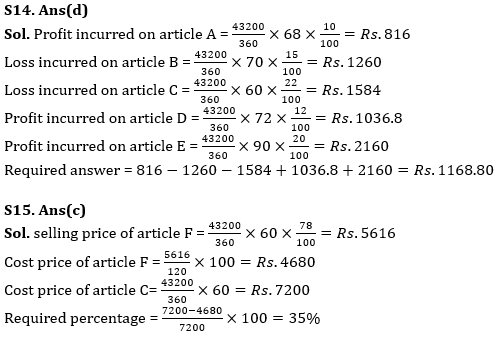


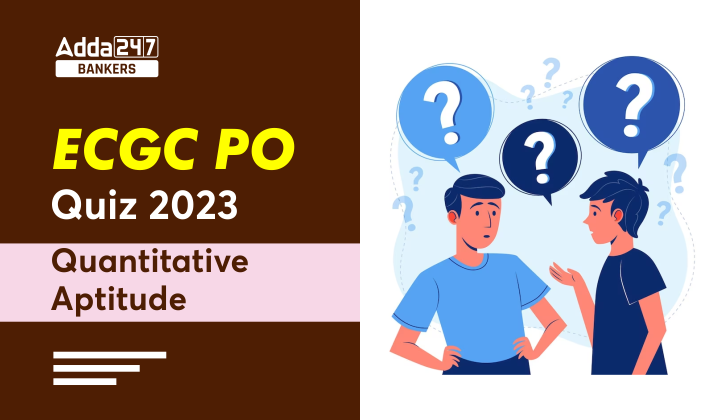


 Data Interpretation Questions for SBI PO...
Data Interpretation Questions for SBI PO...
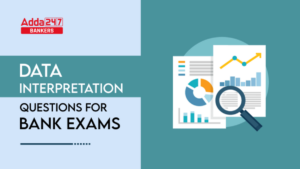 Data Interpretation Questions For Bank E...
Data Interpretation Questions For Bank E...
 Quantitative Aptitude Quiz For Bank Main...
Quantitative Aptitude Quiz For Bank Main...





